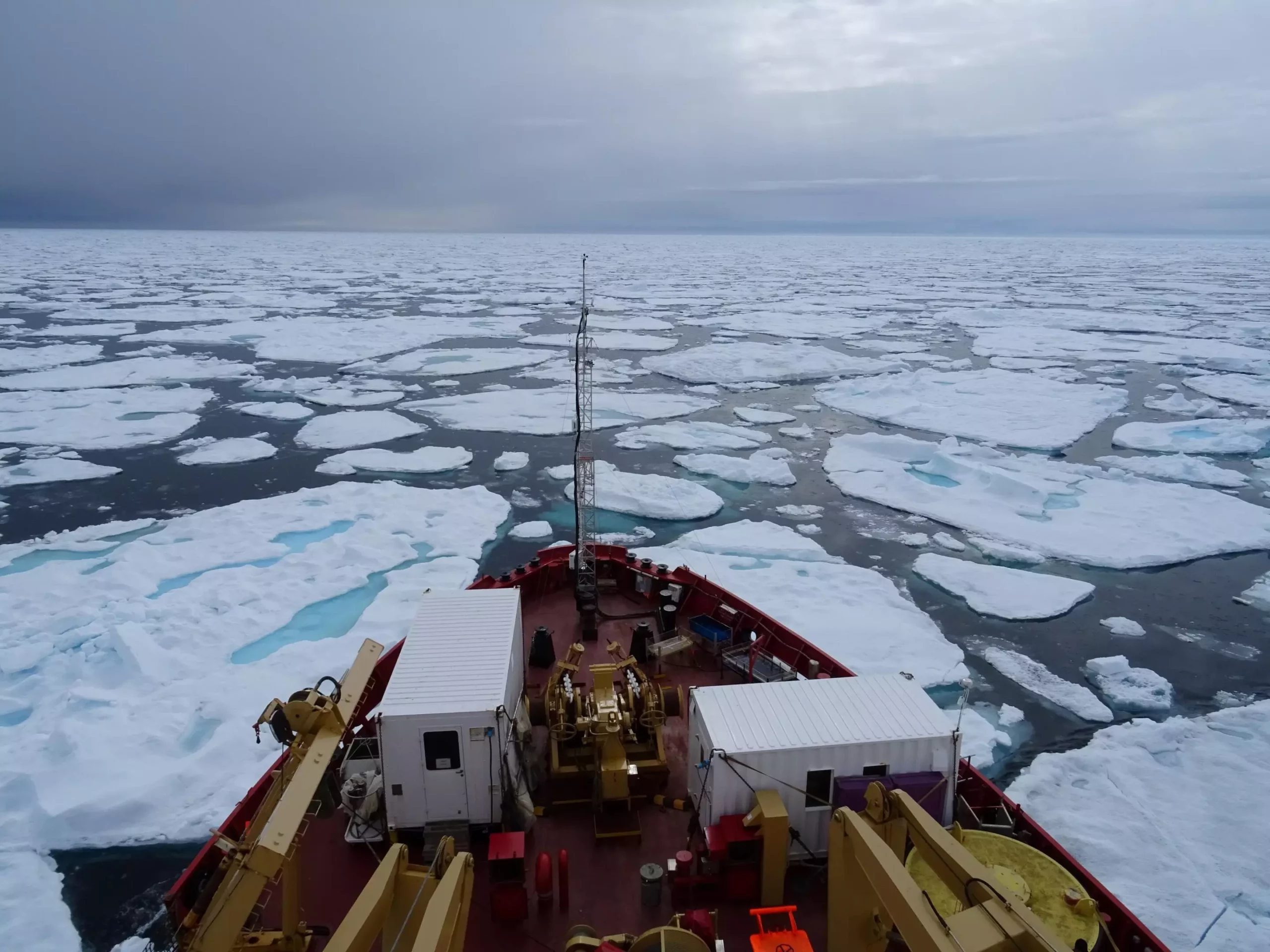The allure of the Northwest Passage (NWP) as a potential shipping route may have been more optimism than realism in light of recent research. Between 2007 and 2021, an analysis published in *Communications Earth & Environment* revealed a troubling trend: rather than opening up, the NWP is facing more severe challenges due to the influx of thick sea ice originating from the Arctic Ocean. Expectations that climate change would pave a smoother path for maritime navigation are crumbling as the actual data shows a compressed ice-free shipping season in key areas of this strategic route.
The NWP, a critical maritime corridor linking the Atlantic and Pacific Oceans that courses through the Canadian Arctic Archipelago, has traditionally been viewed as a promising alternative to more congested southern routes. With global warming prompting melting ice initially thought to benefit shipping, many anticipated a golden age of Arctic navigation. However, the findings of Alison Cook and her colleagues suggest that increased volumes of older, thicker ice are creating a paradox: the more we hope for open water, the harsher the reality may become.
Choke Points and Navigational Hazards
The researchers utilized detailed sea ice charts from the Canadian Ice Service to assess changes in navigability along the NWP. Alarmingly, the results indicated substantial reductions in shipping seasons, particularly along the northern route. The eastern Beaufort Sea recorded a staggering 14-week reduction, while both the M’Clure Strait and Viscount Melville Sound saw cuts of five weeks. These choke points, identified as particularly treacherous sections of the NWP, are no longer minor inconveniences; they pose significant risks to vessels aiming to traverse this icy expanse.
Traditionally, marine navigators could anticipate navigating through thinner ice. However, what has emerged is a concerning trend of aging ice, which can be substantially more hazardous. The results of slower ice melting in the Last Ice Area—where the oldest, thickest ice resides—coupled with the increased southward flow of this formidable ice type creates a new norm for Arctic navigation fraught with danger. The younger, lesser ice that once characterized these waters is vanishing, leaving behind a more daunting landscape.
Consequences for Arctic Communities
Beyond the implications for commercial shipping, the ramifications of these findings are significant for the coastal communities that depend on the NWP for essential goods and services. As the ice-free shipping season contracts, so does the availability of agriculture, food supplies, and other necessities for these remote populations. This dual threat of environmental transformation and economic instability highlights a vital intersection of climate change and socio-economic well-being.
The realities uncovered in this analysis challenge the prevailing narratives of opportunity associated with climate change. Instead of heralding the NWP as a commercial triumph, we must grapple with the sobering understanding that the Arctic’s shifting ice patterns are reshaping life in the region, presenting hurdles to a future once thought to be ripe with promise. The dialogue around Arctic navigation must pivot away from visions of traffic-jammed shipping lanes and towards an earnest contemplation of resilience, adaptability, and the long-term vitality of Arctic communities.


Leave a Reply